|
|
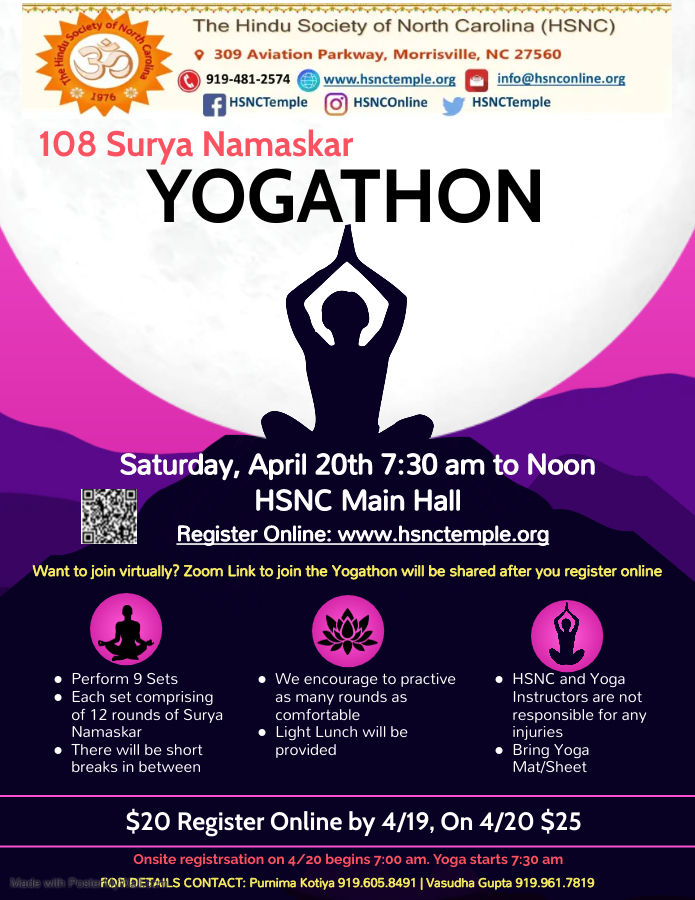
Yogathon
Surya Namaskar Yogathon (108 rounds) at HSNC
I invite you to join us for this memorable yoga event where we will practice 108 rounds of Surya Namaskar (Sun Salutations). Surya Namaskar practice will not only invigorate and energize you but also lead you into a state of deep meditation.
You can join the program online via zoom or on-site at the HSNC temple hall in person. However, to enjoy the full benefits of group energy and electric atmosphere, I strongly urge you to participate in person at the temple, if convenient.
Flyer: You can view/download the program flyer here. Feel free to share it on social media and with your own distribution lists.
- Event: Surya Namaskar Yogathon (108 rounds of Sun Salutations)
- Participation: Hybrid mode
- In-person: Hindu Temple (HSNC) main Cultural Hall, 309 Aviation Parkway, Morrisville, NC 27560; HSNC phone: (919) 481-2574
- Remotely via zoom – zoom login info will be provided upon receipt of registration and payment
- When: Saturday, April 20, 2024
- Time: 7:30 AM to 12:00 PM (on-site registration starts at 7:15 AM)
- Program Fee (donation to the temple): $20 (online before 4/19); $25 (onsite on 4/20); light lunch will be provided at the end of the session.
- To register: please fill out the registration form on the HSNC website and submit it online. You can make the payment on the same page.
Continue reading »
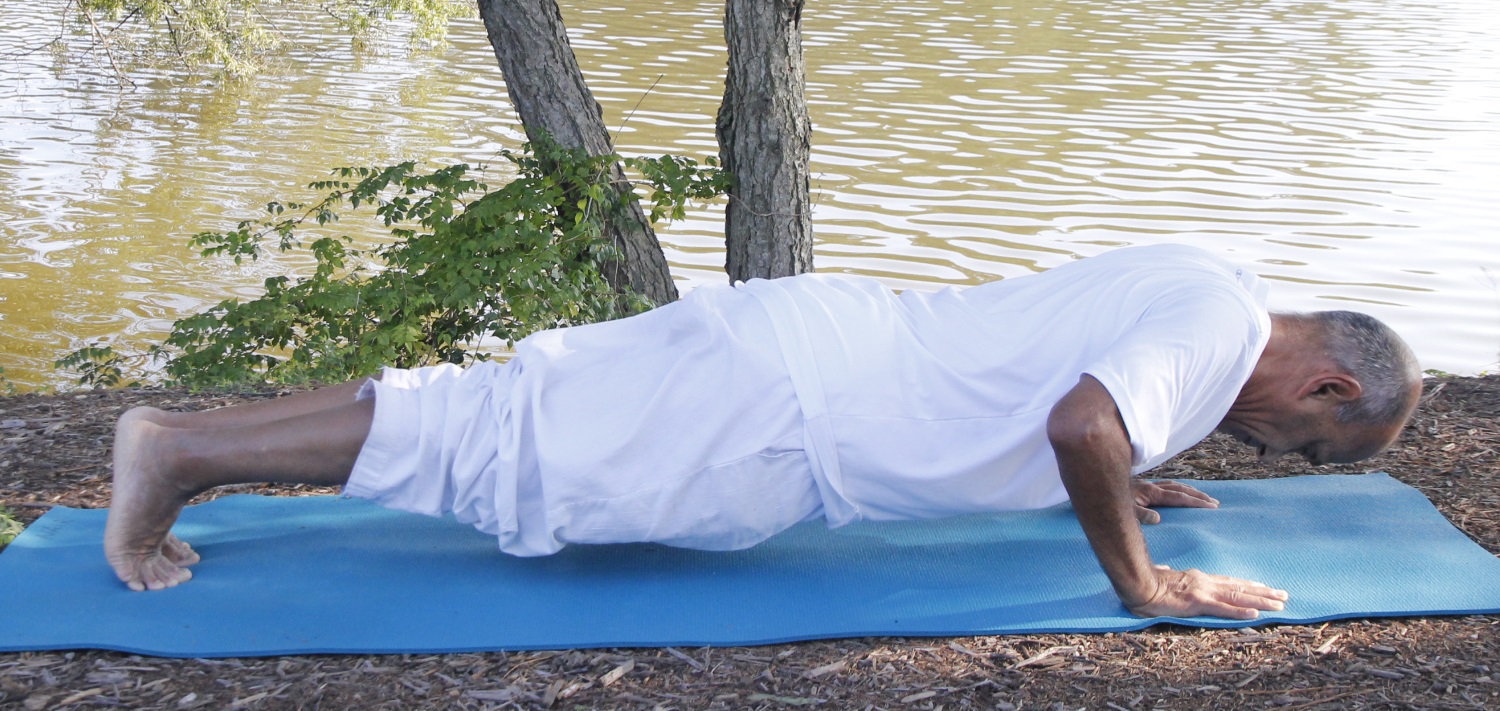
Chaturanga dandasana
I am pleased to announce a new morning intensive in which we will focus on strengthening the upper body and the core.
You can participate in the program online via zoom or in-person at my home studio.
Flyer: You can view and download the flyer here.
Why do we need a strong upper body and core?
- In yoga, helps maintain proper alignment and stability in various poses (asanas).
- Helps stabilize the spine and protects against injuries, both in yoga practice and daily activities.
- Support functional movements such as lifting, carrying, pushing, and pulling objects in daily life.
- Weakness in these areas can contribute to poor posture and alignment, leading to multiple health issues including lower back pain.
- Contributes to overall health and well-being – support for joint health, improve metabolism, and enhance energy levels, leading to a more active and vibrant lifestyle.
Program Information
- Participation: Hybrid mode
- In-person at my home yoga studio: 206 Redwood Park Drive, Morrisville, NC 27560
- Remotely via zoom – zoom login info will be provided upon receipt of registration and payment
- When: Wednesday April 24 – Sunday, April 28, 2024
- Time: 6:00 – 7:30 AM (US East Coast time, EST)
- Program Fee:
- $50 – cash, check, Zelle (use subhashmittal@gmail.com) or Venmo (use 9199269717)
- $55 – paypal (go to bottom of page)
- Instructor: Subhash Mittal
- To register: please fill out the registration form , providing information in all the fields, and submit it online.
- Daily routine:
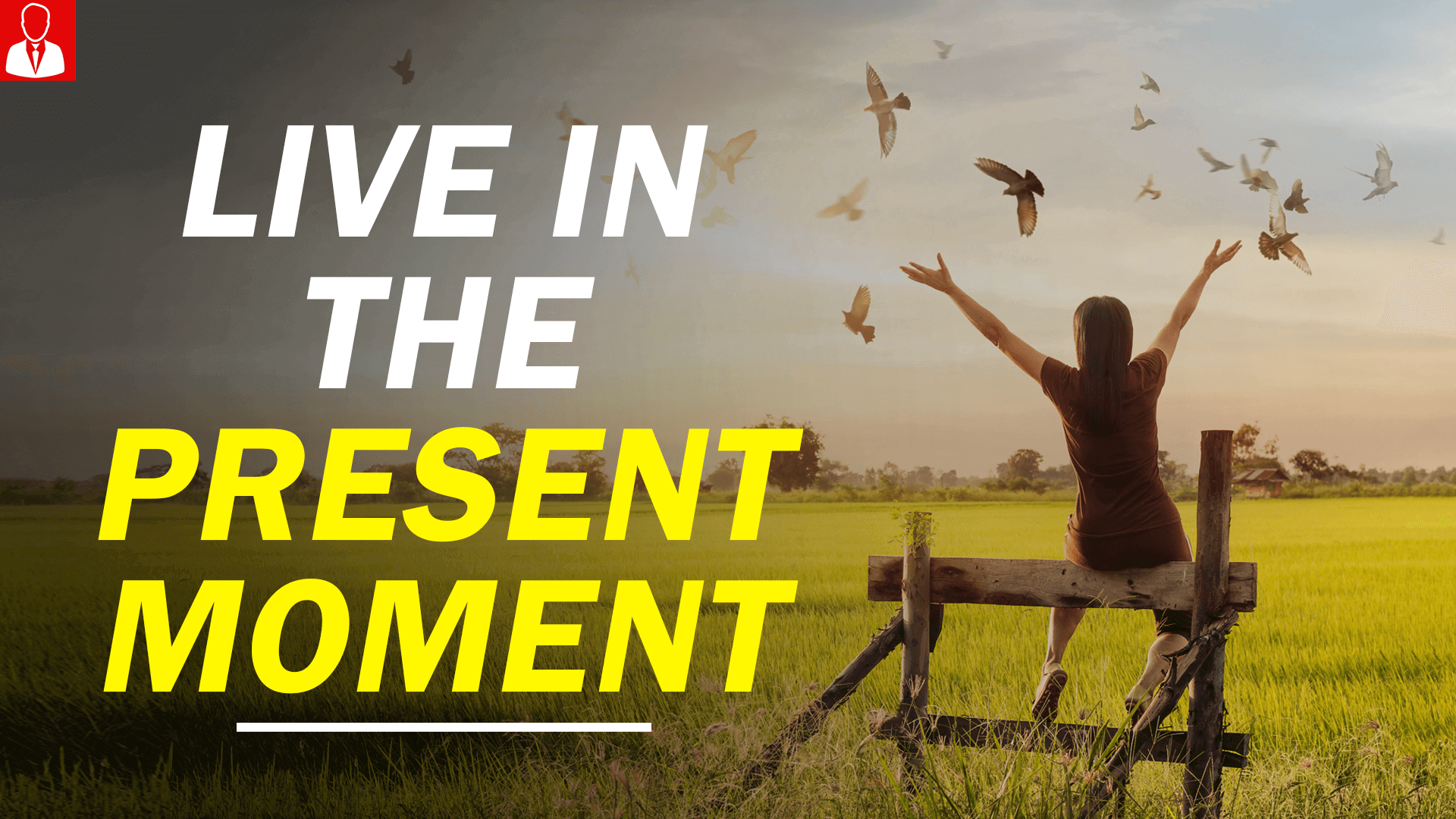
We often hear the phrase, “being in the present moment” or simply “being in the moment”. In today’s article, I would like to explain the meaning and importance of this phrase and how we can apply it in our day-to-day life.
The phrase “being in the moment” encapsulates the practice of building a deep sense of awareness, which involves intentionally paying attention to the present moment without judgment. It means fully engaging with whatever is happening at this moment, be it in your mind or around you. It could be a thought that just came up based on some past experience, a physical sensation, emotion, or an activity you are engaged in. Being in the moment means that you stay focused and fully engaged without getting caught up in regrets about the past or worries about the future.
Continue reading »
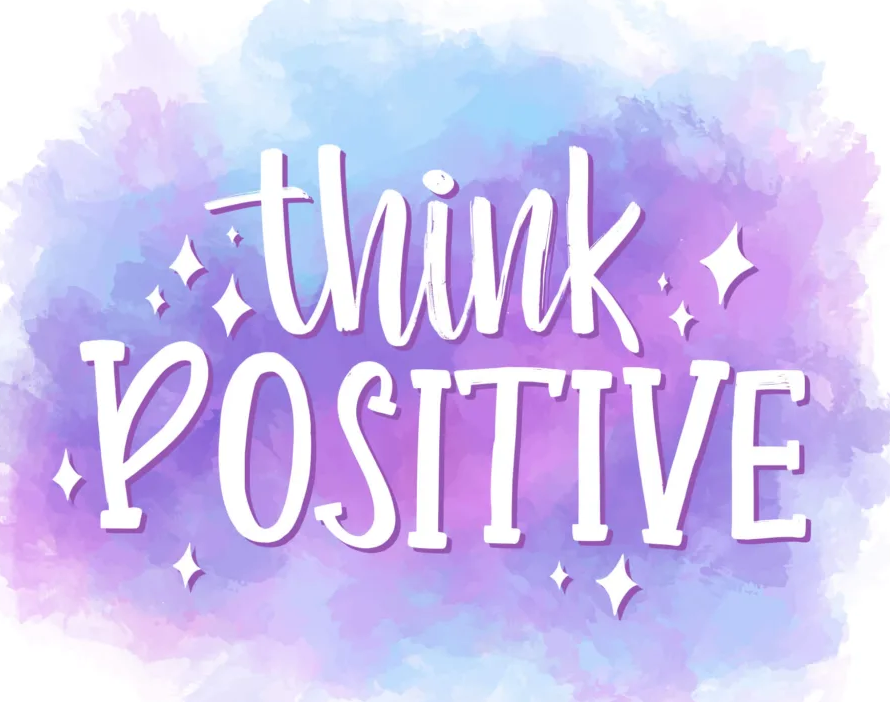
Pratipaksha Bhavana (Think Positive)
In the journey of our life, we often encounter negative thoughts (anger, jealousy, hatred etc.), anxieties, and frustrations that can disrupt our inner peace and result in suffering both at the physical and mental levels. One of the most effective techniques to counter such mental roadblocks called “pratipakṣa bhāvanā” is presented by Patanjali in the Yoga Sutras. It is a profound concept that offers a transformative approach to managing our thoughts and emotions, ultimately leading to inner peace and harmony. The term pratipakṣa bhāvanā entails cultivating an opposite or a counter thought or emotion.
In essence, pratipakṣa bhāvanā teaches us how to consciously shift our perspective from negative or harmful thoughts to positive and constructive ones. This practice is rooted in the recognition that our mental states profoundly influence our well-being and overall quality of life.
Continue reading »
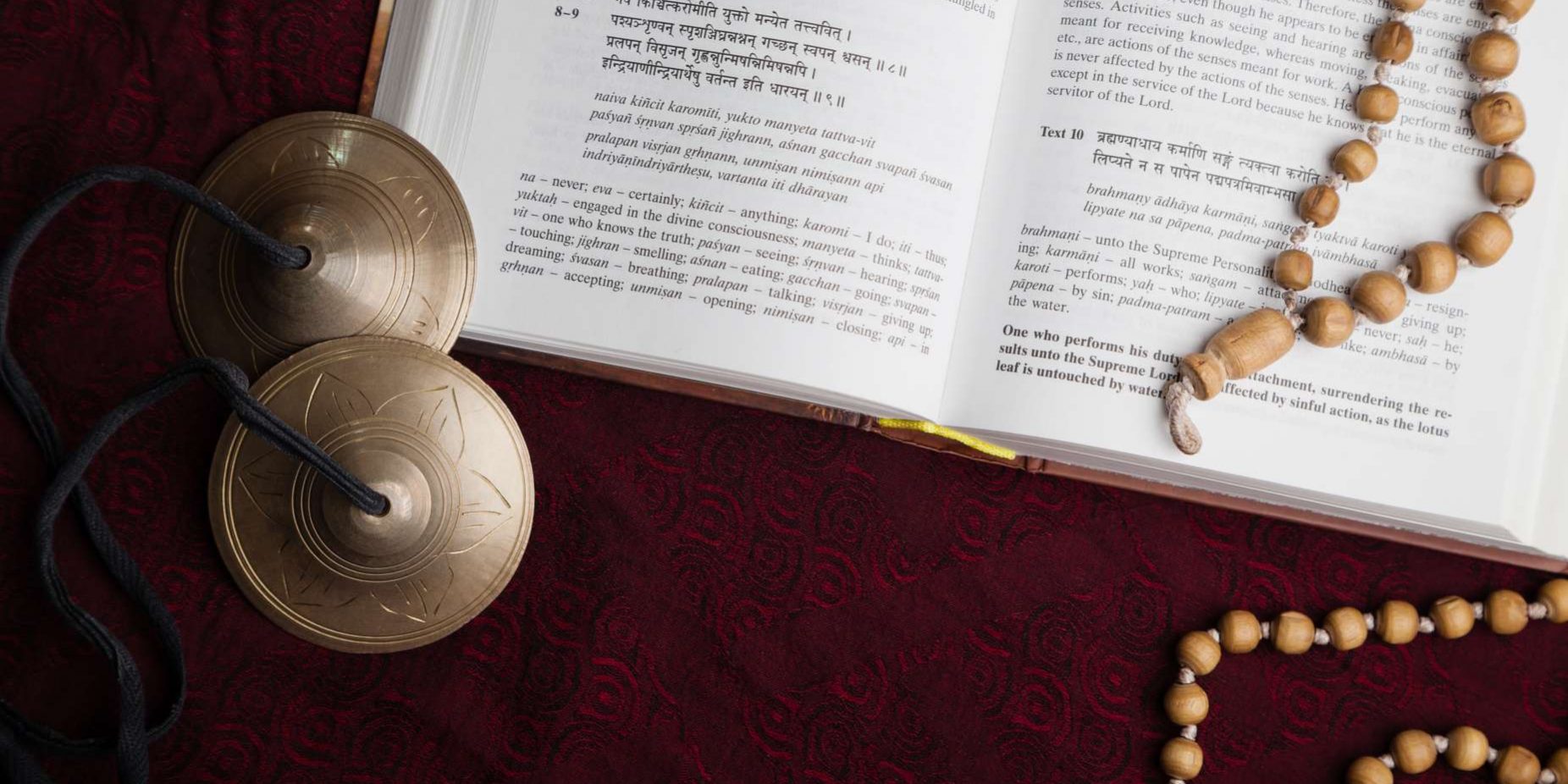
Yoga in ancient texts
While browsing the web, I came across a website wherein were listed a few ancient texts which had their own definition of yoga or presented some aspect of yoga. I found it very interesting and informative to see yoga mentioned in various contexts. I decided to do some more research and have come up with my own compilation of statements (sutras)/verses which talk about yoga.
I would love to hear from you if you know of other instances in the ancient texts where yoga is defined/discussed in a different context.
Yoga Sutras of Patanjali (sutra 1.2)
‘‘योगश्चित्तवृत्तिनिरोधः’’ (1.2)
yogaś-citta-vr̥tti-nirodhaḥ ॥2॥
“Yoga is the cessation of all fluctuations of the mind”.
This, of course, is the “gold standard” for the definition of yoga as far as we, yoga enthusiasts, are concerned. As per this definition, to attain the highest state of yoga – seedless samadhi – we need to empty the mind of all content.
Continue reading »
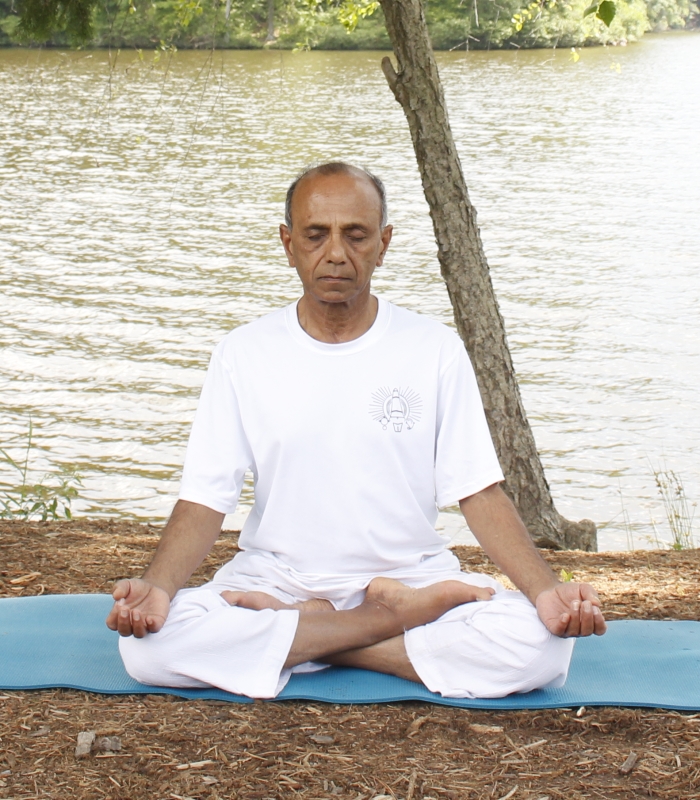
Padmasana (Lotus Pose)
I am pleased to announce the next Pranayama intensive. In this program, we will be practicing some of the main pranayama techniques given in our ancient yoga texts. I will also discuss the underlying concepts in the practice of pranayama and all the wonderful benefits that the practice can bring us.
You can join the program either online via zoom or in person at my home studio.
You can view/download the program flyer here. Feel free to share it with your own distribution lists.
A brief outline of what I plan to cover in the course is given in this document (pdf format) in my dropbox folder.
No prior yoga (asana, pranayama or meditation) experience is required.
Program details:
- What: 14-day pranayama intensive
- When: Monday, Feb 19 – Sunday, Mar 3, 2024
- Time: 6:00 – 7:30 AM (US East Coast time, EST)
- In-person participation: At my home studio located at 206 Redwood Park Drive, Morrisville, NC 27560
- Zoom access: The link to access via zoom will be provided upon receipt of registration and payment.
- Fee:
- Instructor: Subhash Mittal
- Daily Routine: Light stretching (10-15 minutes), Pranayama practice (45 min), Relaxation (15 min), Yoga philosophy/meditation (15 min)
- Commitment: A firm commitment to follow this schedule and attend every day
- To register: fill out the registration form, providing information in all the fields, and submit it online
Strongly recommended
- Light,’sattvic’, nutritious, VEGETARIAN food
- No alcohol, drugs, tobacco or any other item of similar nature
- A personal commitment to continue the practice after the program is over
Please visit here for more details…
Here is what the previous participants have to say…
Amazing experience learning yoga with Shubhash! A must do in lifetime.
– Hetal Tank
I thoroughly enjoyed these 14 days of the Pranayama Intensive. Subhash’s instruction is clear and the pace of his classes allows us to think about what we are doing and ask questions before going forward to the next thing. A wonderful way to start the day! Appreciated continued exposure to yoga philosophy.
– Gail Coles
I really enjoyed the pranayama intensive overall…
I will admit that I have been hesitant to join an intensive because of the early start time, but once I committed to waking up early and practiced it for two weeks, I have found that it’s made me more productive and less stressed. I plan to continue waking up early as a result of participating in this class.
– Christina Thompson
Read all the comments here…
Please share this email with anyone you know who might benefit from this program.
Feel free to contact me if you have any questions. I look forward to your participation.
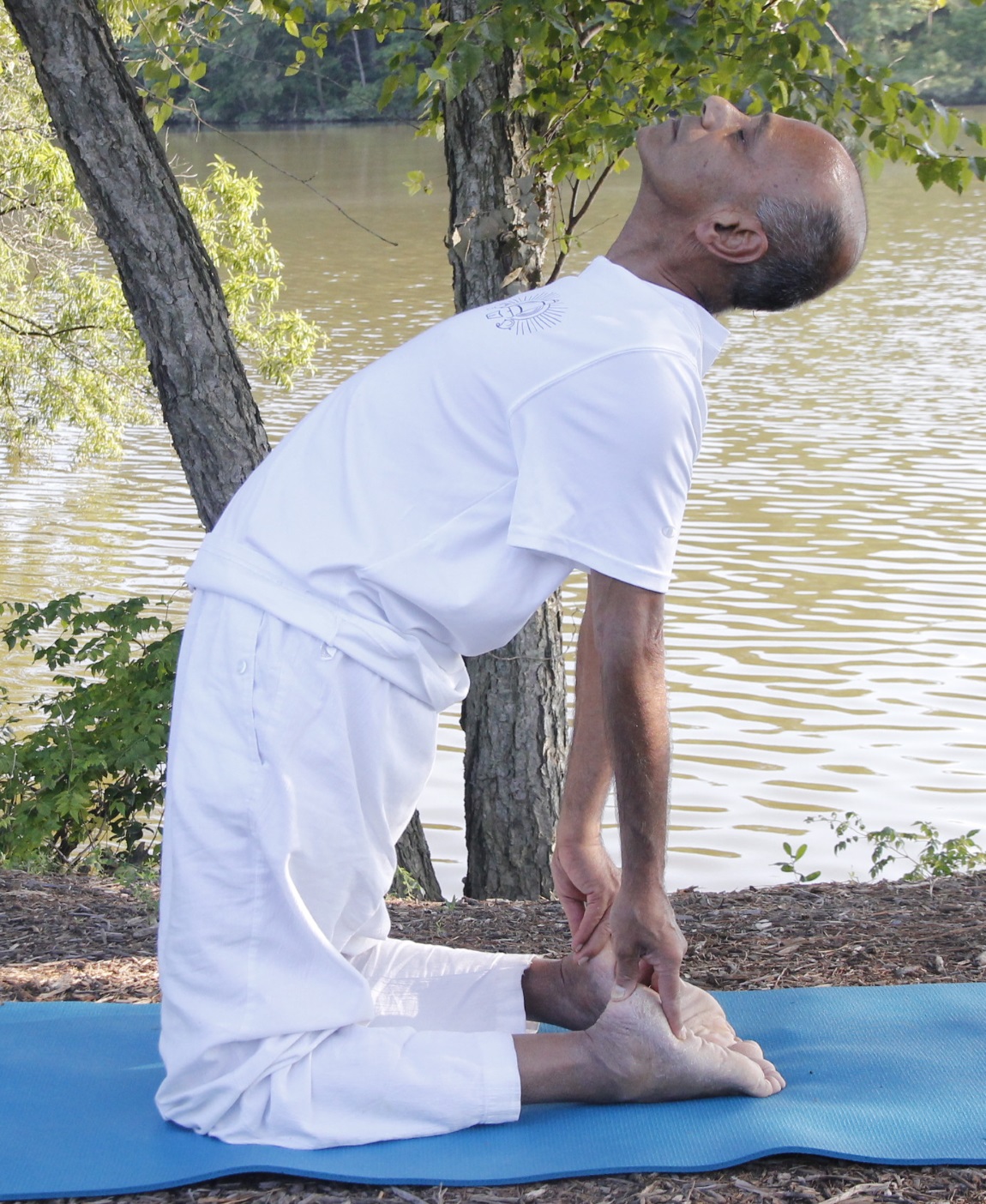
Ushtrasana (Camel Pose)
The quadriceps, a group of four muscles located on the front of the thigh, play a crucial role in activities such as walking, running, jumping, and cycling. As we know from our yoga practice, strong and flexible quads can help us do many of the yoga asanas more comfortably. Healthy quads can help in the mobility and health of the knees, hips and the spine.
The quads can become tight and inflexible for a variety of reasons such as prolonged sitting; overuse and repetitive activities; inactivity and lack of stretching; recent injury; age etc.
In this article, I am presenting a sequence of asanas that will help develop strong and flexible quadriceps.
I hope you’ll enjoy practicing with the video demonstration.
Continue reading »
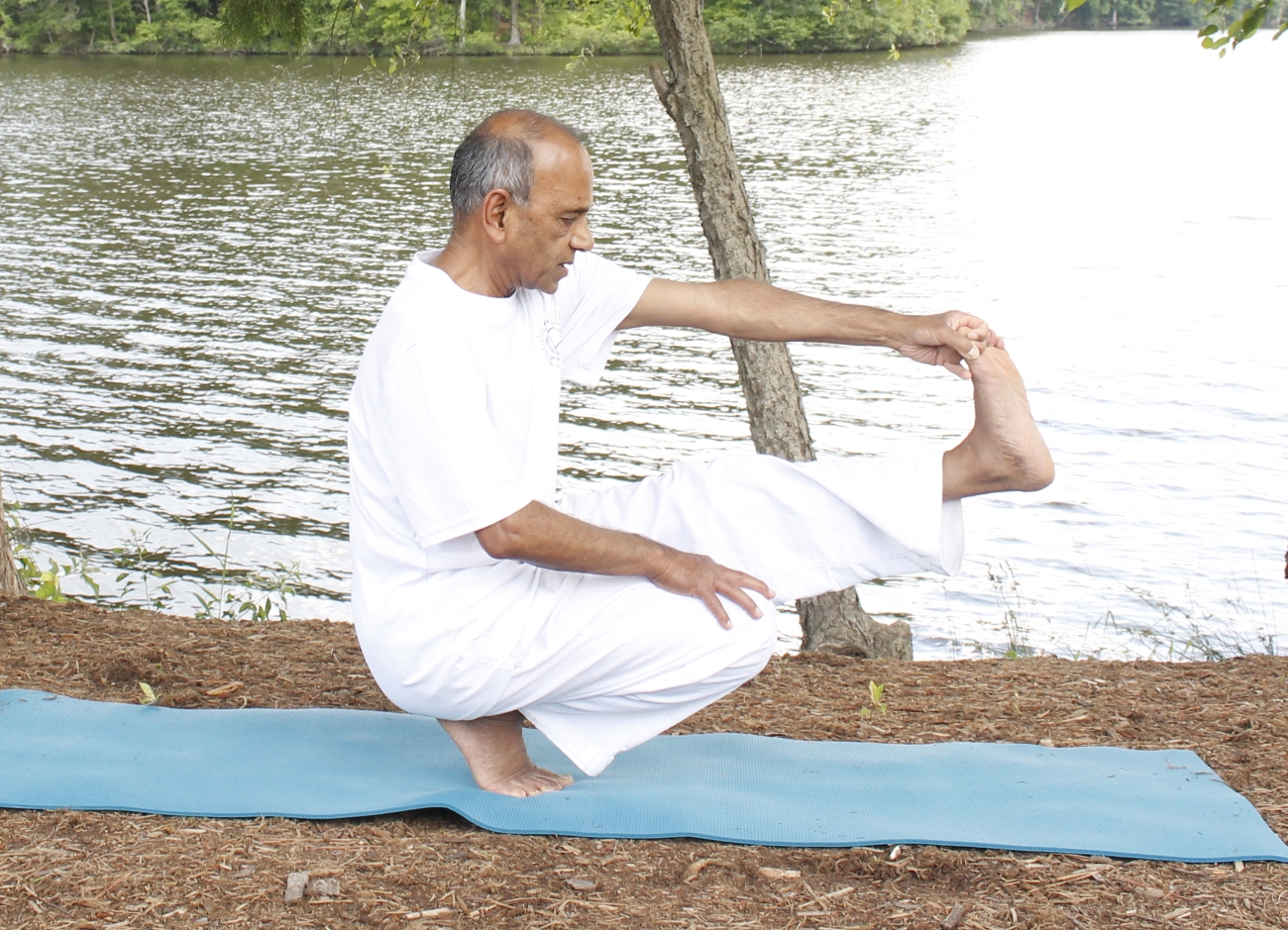
Tip-toe balance
21 days to Transformation
I am pleased to announce the next 21-day Yoga Immersion program. The past programs have been very well received by all the participants. For most of them, it has been truly a life-transforming experience. I invite you to join me on this exciting and deeply rewarding 21-day yoga journey.
No prior asana, pranayama or meditation experience is required.
The program will be offered in a hybrid mode – you can participate in the program online via zoom or in-person at my home studio.
You can download the 21-day Yoga Immersion flyer here. Feel free to share it with your own distribution lists.
- What: 21-day yoga immersion
- When: Monday, January 8 – Sunday, January 28, 2024
- Time: 6:00 AM – 7:30 AM (US East Coast time, EST)
- In-person participation: at my home studio located at 206 Redwood Park Drive, Morrisville, NC 27560
- Zoom Access: Login info will be provided upon receipt of registration and payment
- Instructor: Subhash Mittal
- Fee:
- To register: Fill out the registration form, providing information in all the fields, and submit it online
Continue reading »
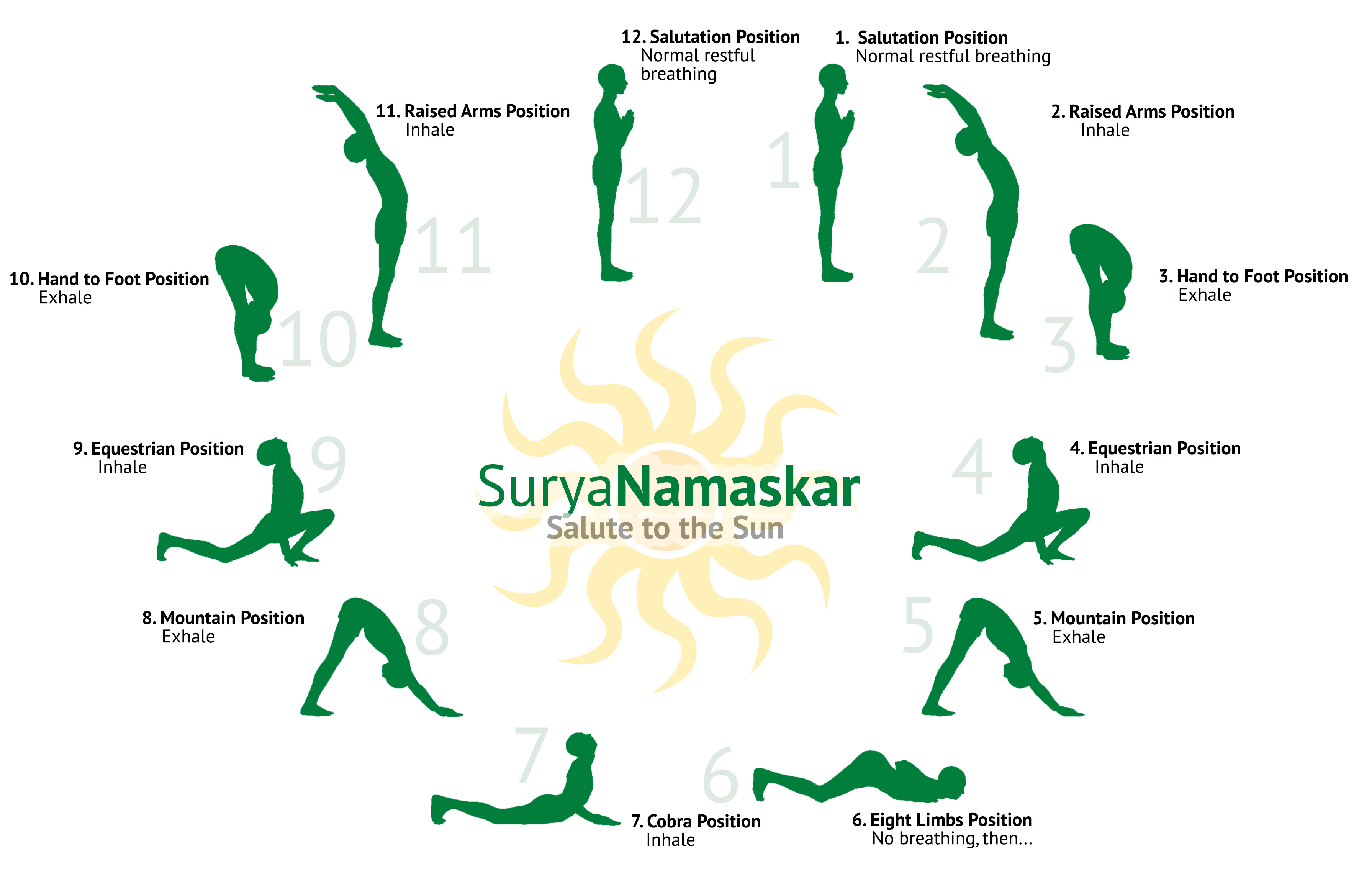
Surya Namaskar
I am pleased to announce a morning intensive – “Surya Namaskar Sadhana”. You can join the program online via zoom or in-person at my home studio.
You can download the flyer here. Feel free to share it with your own distribution lists.

- Program: Surya Namaskar Sadhana Intensive
- When: Monday, Dec 11 – Wednesday, Dec 20 2023
- Time: 6:00 – 7:30 AM (US East Coast time, EST)
- In-person: At my home studio located at 206 Redwood Park Drive, Morrisville, NC 27560
- Zoom access: The link to access via zoom will be provided upon receipt of registration and payment.
- Program Fee:
- To register: please fill out the registration form, providing information in all the fields, and submit it online.
Daily routine:
- Light stretching
- 12 rounds of Surya Namaskara with mantra chanting
- Yoga Nidra
- Pranayama
- Brief meditation
Continue reading »
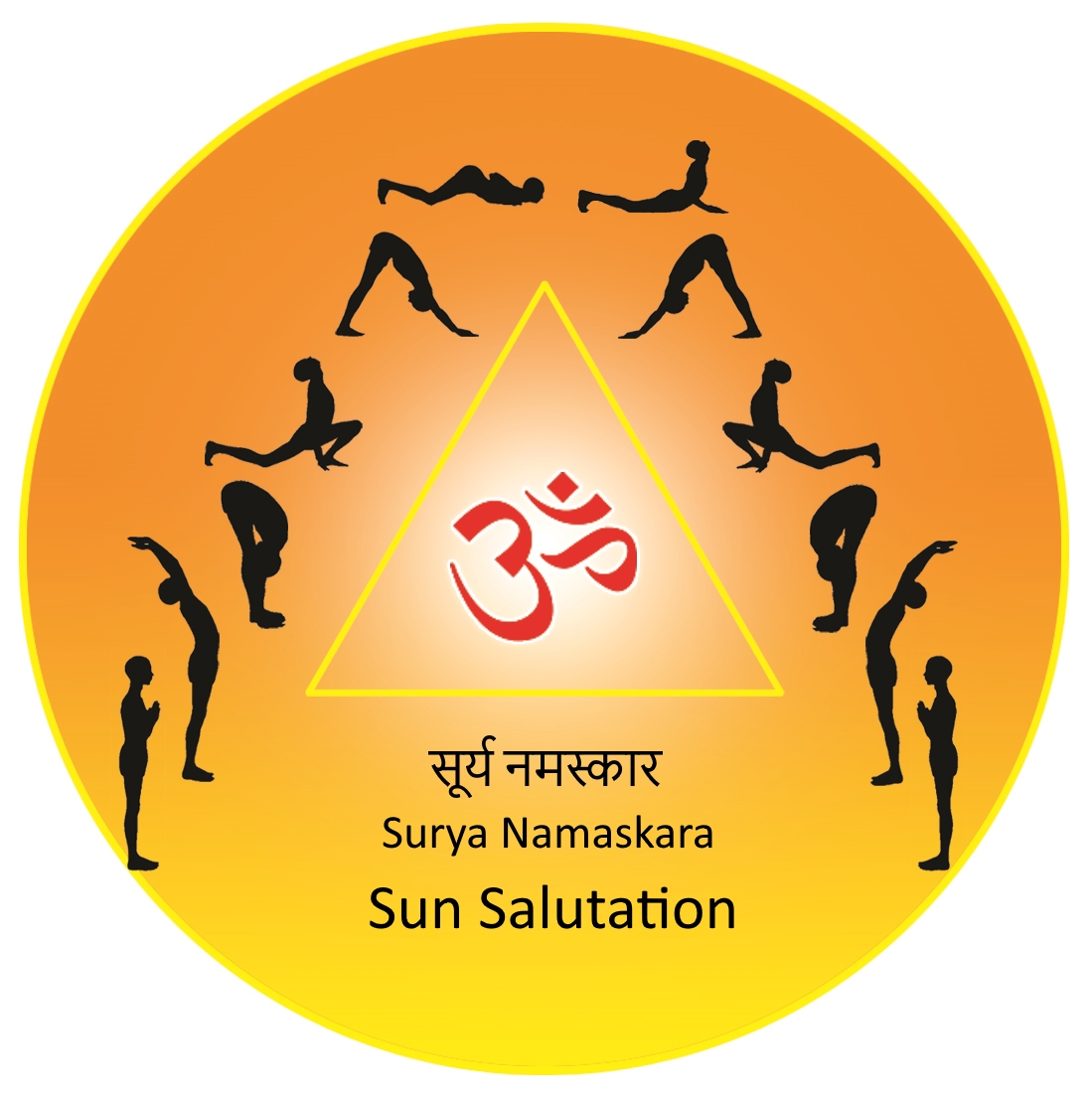
Sun Salutation
In Hindu mythology, the sun god is worshipped as a symbol of health and immortal life. It is also revered as the source of life and energy. The Rig Veda declares that "Surya is the Soul, both of the moving and unmoving beings". The Sun Salutation (Surya Namaskara – सूर्य नमस्कार) originated as a series of prostrations to the sun. Traditionally, it is performed at dawn, facing the rising sun.
From a historical perspective, Surya Namaskara (Sun Salutation) is not listed as one of the yoga practices in any of the traditional, ancient yoga texts. Two of the most commonly referenced texts are the Hatha Yoga Pradipika and the Gherand Samhita. In these texts there is no mention of the practice of Surya Namaskara.
However, Surya Namaskara has been practiced as a religious ritual for possibly thousands of years as a form of worship to the "Sun God". It is not clear as to what the exact nature of this ritual, in terms of the asanas/stretches performed, was in the ancient times. My assumption is that the Surya Namaskara sequence, as practiced today, is a gradual evolution from its ancient origins. In the classical Surya Namaskara sequence there are twelve moves/asanas. Each of these asanas is accompanied by the chanting of a mantra. There are twelve mantras, one for each move of the Surya Namaskara sequence. Each mantra represents a prostration to one of the twelve names or manifestations of the Sun god. In that sense, this becomes a very devotional practice. You can listen to a beautiful rendition of the mantra chanting here (click the play button)
Continue reading »
|
Video DVD
Yoga with Subhash (asana and pranayama)
- Basic asana sequence (~50 min) ($18)
- Pranayama/Meditation (~35 min) ($12)
- Set of above two ($25)
Video recording of special programs offered in the past
(Links to YouTube videos will be provided)
- 21-day yoga immersion - $40
- 7-day hip opening intensive - $20
- 14-day meditation intensive - $30
- 14-day pranayama intensive - $30
- 7-day hamstring/quad intensive - $20
- 14-day Level 2 yoga intensive - $35
Payment options:
- cash, check, Zelle (use subhashmittal@gmail.com) or Venmo (use 9199269717)
- PayPal (go to bottom of page) (add $5 to the fee listed above)
Please contact me if you would like to buy.
|











Recent Comments